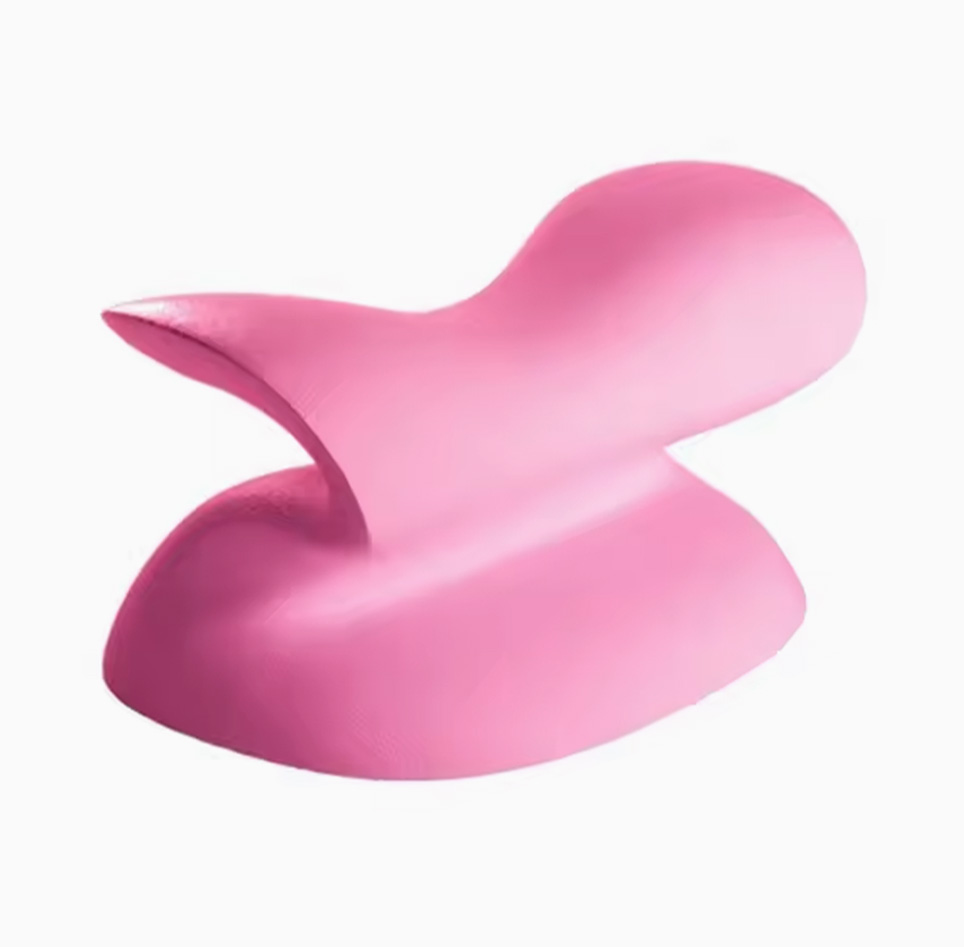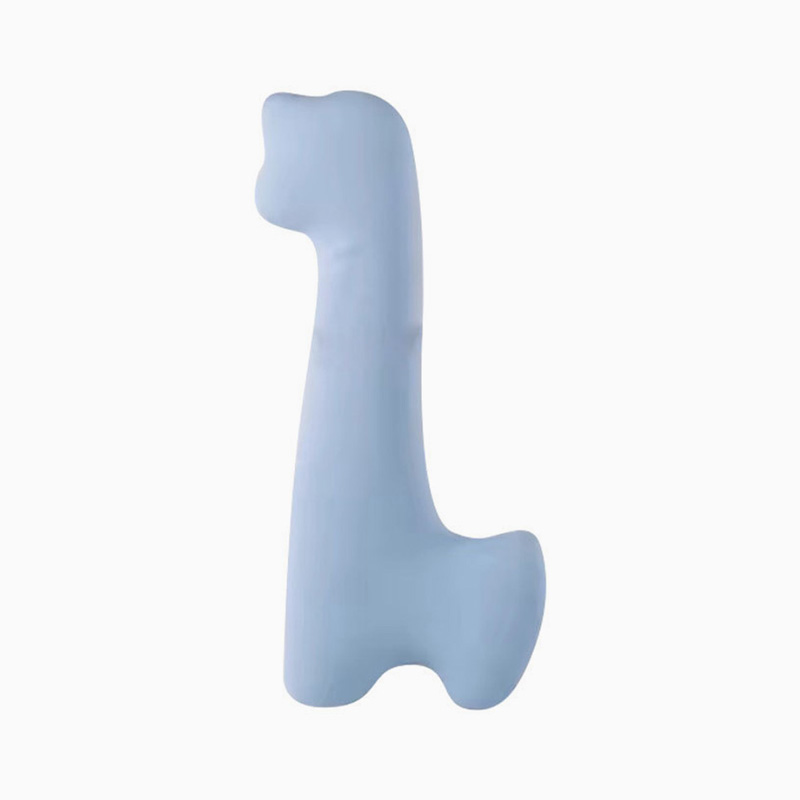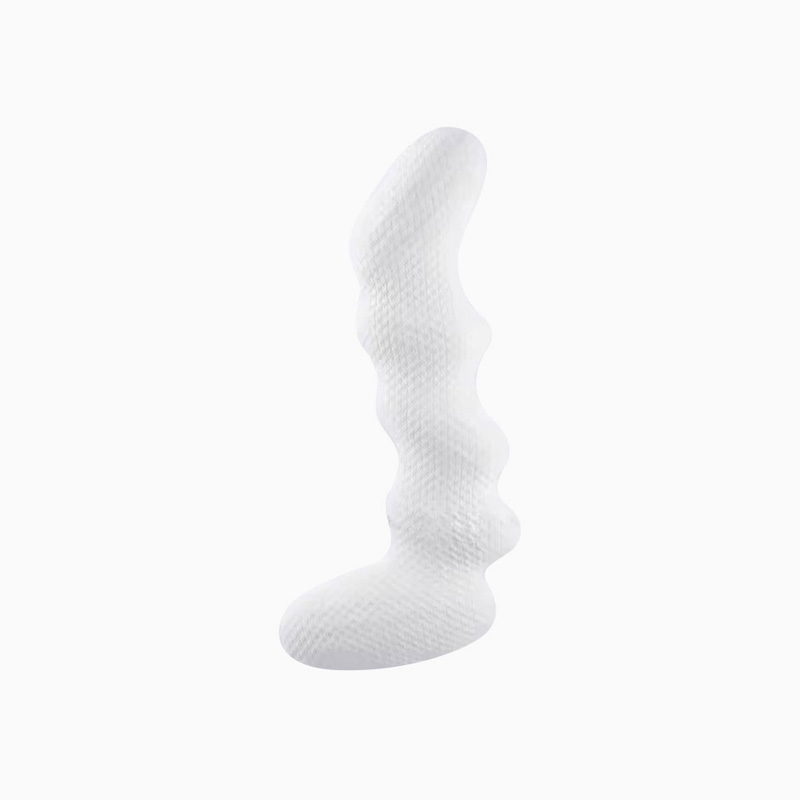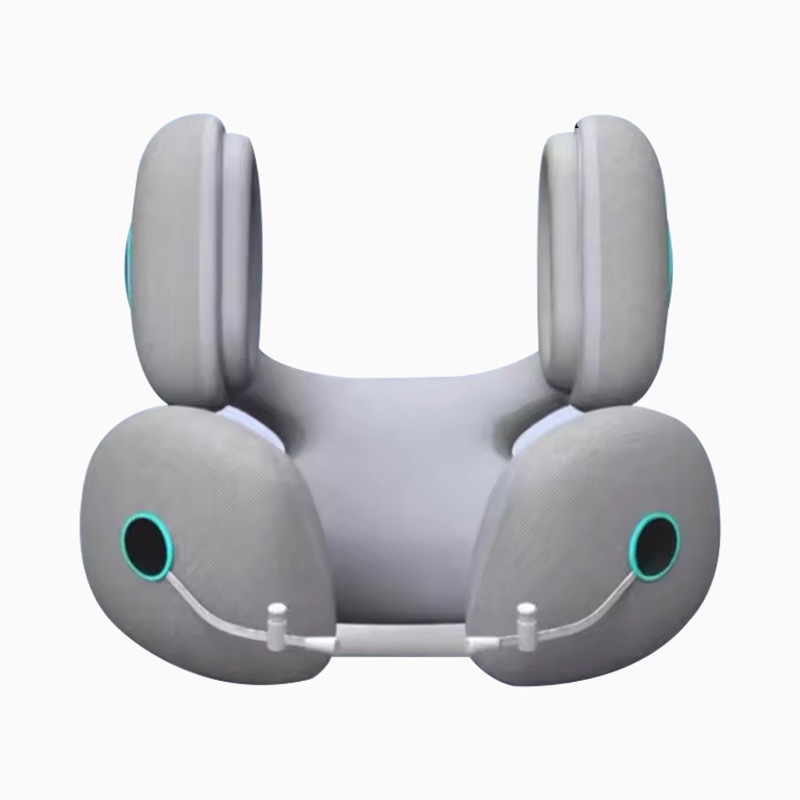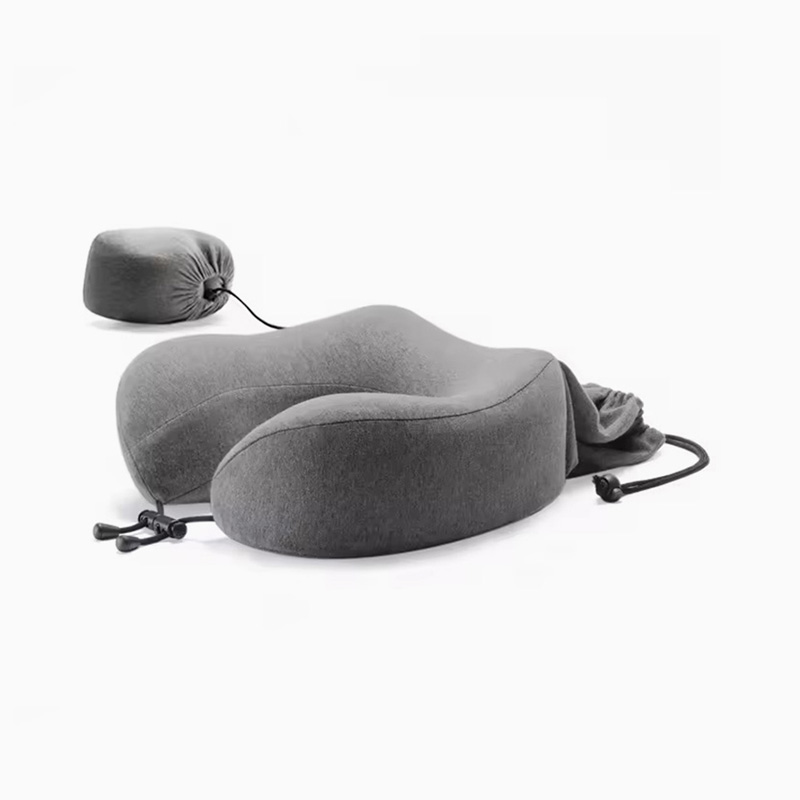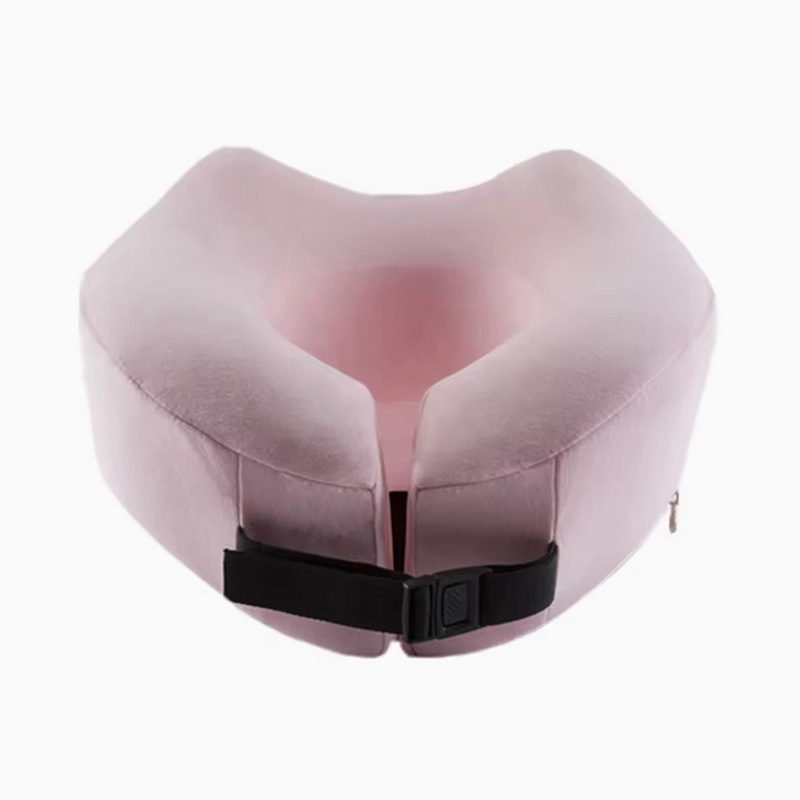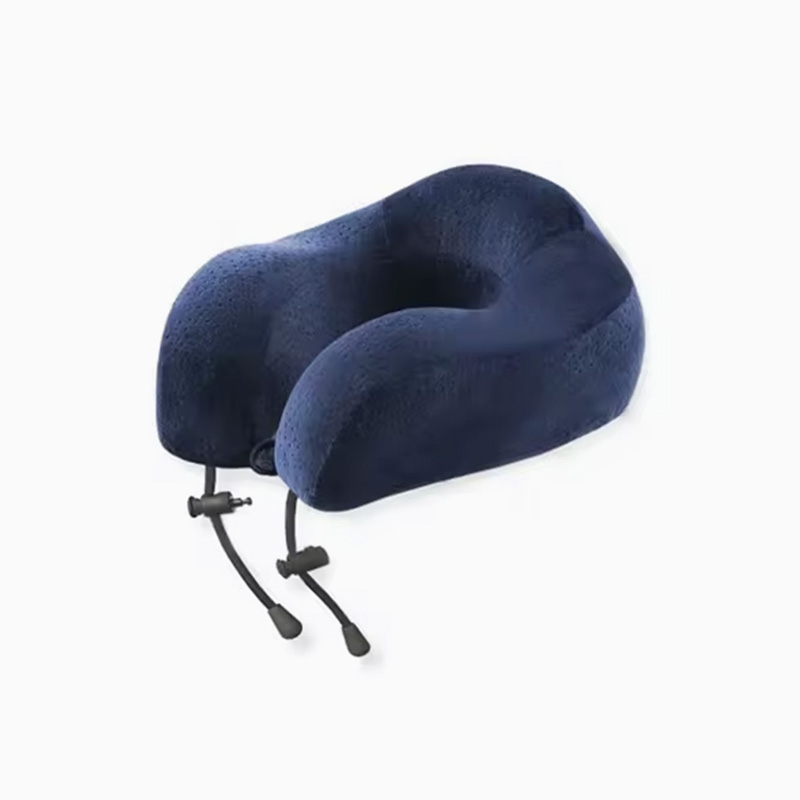How is the lumbar support curve of the Memory Foam Backrest Set designed
I. The Core Challenge in Memory Foam Backrest Design: Restoring Physiological Curvature
The fundamental objective of lumbar support is to maintain and restore the natural physiological curvature of the human spine. A healthy lumbar region is not straight but exhibits an inward curve known as Lumbar Lordosis. In a seated position, particularly when unsupported, the pelvis tends to tilt backward (posterior pelvic tilt), causing the lumbar lordosis to flatten or even reverse into a kyphotic (outward) curve. This subjects the intervertebral discs and ligaments to abnormal strain, leading to fatigue and chronic pain.
The design of a memory foam backrest aims to counteract this detrimental posture. However, simply providing a "bump" is insufficient. Professional lumbar support curve design must precisely match the biomechanical requirements of a diverse user population.
II. Geometric Modeling and Key Parameter Definition of the Support Curve
The design of the lumbar support curve is not arbitrary; it is based on extensive human data measurement and rigorous biomechanical modeling. The following critical parameters are primarily considered:
1. Support Height and Vertical Positioning
Professional lumbar cushions typically position the highest point of support at the level of the third and fourth lumbar vertebrae (L3-L4). This region represents the apex of the lordotic curve and requires the most stabilization.
-
The design must account for variations in user height. Consequently, high-quality backrests often feature an adjustable design, allowing users to fine-tune the center of the prominence to be accurately placed approximately 10–15 cm above the waistband.
-
Correct vertical alignment ensures that the support engages the bony structure (vertebrae) and associated deep stabilizing muscles, rather than merely pushing on the superficial back muscles.
2. Support Depth (Projection) and Curvature Profile
The support depth—the maximum forward projection of the cushion—is the most critical factor determining the intensity of the support. The ideal depth must be sufficient to fill the gap between the lumbar spine and the chair back, yet without excessively forcing the lumbar region forward.
-
Design Benchmark: Excellent cushion design is based on the average physiological curvature data in a Neutral Spine Posture. Typically, the natural lumbar lordosis depth for an adult ranges from 2.5 cm to 4.5 cm.
-
Progressive Curve: The design incorporates a smooth, progressive curve rather than an abrupt protrusion. The curve gently elevates from the base of the cushion (sacral region), reaches its maximum depth at L3-L4, and then smoothly transitions back toward the upper part of the cushion (thoracic region). This gradient ensures an even distribution of pressure, preventing localized pressure peaks or a feeling of being "poked."
3. Support Width and Lateral Containment (Wrapping)
Lumbar support requires not only vertical height and depth but also adequate lateral width to envelope the entire lumbar area and provide side-to-side stability.
-
The side wing design must be capable of gently restricting excessive lateral movement of the torso, helping to keep the user centered on the main support curve.
-
By increasing the contact area, this design helps to distribute the support force over a broader range of muscle and skeletal structures, reducing the concentration of stress on a single spinal segment.
III. The Role of Memory Foam Material Properties in Curve Efficacy
Memory Foam (Polyurethane Foam), as the core material, plays a vital role in the curve's practical effectiveness due to its unique viscoelasticity.
1. Pressure Sensing and Contouring
Memory foam is both temperature-sensitive and pressure-sensitive. When the user sits, the body's heat and weight soften the molecular structure of the foam in the contact areas. The cushion then slowly and non-linearly molds itself to the user's precise contour.
-
Customized Fit: This means the lumbar support curve is not a fixed template but a dynamic baseline. It adapts to variations in individual lumbar curvature, as well as differences in body fat and muscle thickness, achieving a "bespoke" support effect.
-
Pressure Mitigation: The slow-rebound characteristic of memory foam ensures that the support force is applied gently and evenly. This effectively avoids the pressure spikes that traditional, firmer cushions might cause, significantly enhancing comfort during prolonged use.
2. Precise Control of Density and Resilience
Design engineers precisely control the memory foam's density (e.g., 50D to 80D) and resilience rate.
-
High Density: Ensures the cushion does not collapse quickly under long-term pressure, maintaining the structural integrity of its geometric curve and providing sustained support.
-
Appropriate Resilience Rate: Ensures the cushion slowly recovers its original curve when the user shifts posture, preparing to re-contour and support the new position. If the rebound is too fast, it can feel stiff; if too slow, it fails to provide timely support.
IV. The Link Between Curve Design and Health Outcomes
A meticulously engineered lumbar support curve directly influences user health and productivity:
-
Reduces Disc Pressure: By maintaining correct lumbar lordosis, the cushion significantly reduces the shear forces and compressive stress acting on the anterior aspect of the intervertebral discs. This is crucial for preventing and alleviating Low Back Pain (LBP).
-
Facilitates Muscle Relaxation: Good support helps the trunk musculature relax without completely superseding the role of the core muscles. It encourages the user to maintain an "easier" neutral posture, thereby reducing fatigue caused by muscular overuse and tension.
-
Corrects Pelvic Alignment: When combined with a seat cushion (as part of a set), the lumbar support works synergistically to stabilize the pelvis, minimizing posterior pelvic tilt and ensuring the correct alignment of the spinal foundation.

 English
English عربى
عربى previous post
previous post



